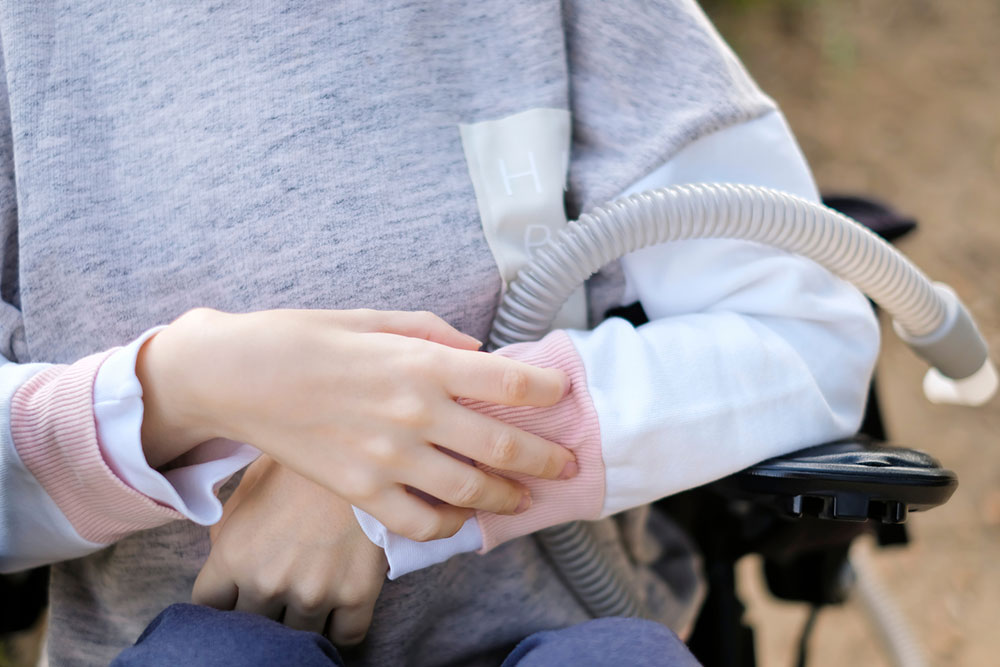
Muscular dystrophy – Its types, signs, causes, and more
Muscular dystrophy is defined as a group of diseases that progressively weakens a person’s muscle mass. Genetic mutations are mainly responsible for muscular dystrophy. These mutations tend to interfere with the synthesis of proteins that are essential for muscle growth and development. Though there is no definitive cure for this condition, several treatments are available that can help manage it effectively. Here are some important details to know about muscular dystrophy.
Muscular dystrophy types and symptoms
As implied earlier, muscular dystrophy includes a range of sub-classifications. Here are its main types and their respective symptoms:
- Duchenne-type muscular dystrophy
This common type of muscular dystrophy is diagnosed in early childhood. From a statistical standpoint, this condition is seen more in boys than girls.
Some of the distinctive symptoms of Duchenne-type dystrophy include the enlargement of one’s calf muscles, delayed growth, learning disabilities in kids, waddling gait, difficulty in getting up from a sitting or lying position, frequent loss of balance and falls, a progressively growing inability to run or jump, muscle pain and stiffness, and an increased tendency in people to walk on their toes. - Becker muscular dystrophy
This type of muscular dystrophy is very similar to the Duchenne-type form. However, there are two primary differences between these two conditions. To begin with, this form of dystrophy tends to develop mild symptoms during the teenage years of the patient and gradually increases in severity during their mid-20s or later. Secondly, the progression of this condition is slower and less aggressive compared to Duchenne-type dystrophy. - Myotonic muscular dystrophy
This type of muscular dystrophy affects the smooth (digestive system and skeletal muscles (in the limbs and trunk) as well as cardiac muscles.
Myotonic dystrophy, for example, causes people to become unable to relax their muscles following contractions. Generally, this dystrophy affects the neck and facial muscles. From a physical standpoint, people with this condition develop long, thin faces, swanlike necks, and drooping eyelids. - Limb-girdle muscular dystrophy
This sub-type of muscular dystrophy initially affects a person’s shoulder and hip muscles. Due to sustained mutations, limb-girdle dystrophy tends to make it extremely difficult for people to lift the front part of their foot, causing them to lose their balance and fall frequently. Like Becker muscular dystrophy, this condition starts showing symptoms during a person’s childhood or teenage years. - Congenital muscular dystrophy
Children start showing the symptoms of this disease before the age of two. The indicators develop slowly from there on and cause mild disability in infants. Due to its slow development and deceptive nature, this condition can be more complex to detect and diagnose compared to other types of dystrophy. Alternatively, certain forms of congenital dystrophy progress much faster to cause extreme muscular impairment in children. - Facioscapulohumeral (FSHD) muscular dystrophy
“ This particular type of dystrophy impacts the hip, shoulders, and face of an individual. In severe cases, the shoulder blades jut out to the sides, resembling wings. This condition may start during infancy or as late as the age of 50.
Causes
As stated earlier, muscular dystrophy is caused by a genetic mutation that causes a marked reduction in the amount of protective protein muscle fibers produced in the body regularly.
All the types of muscular dystrophy discussed above are caused by a genetic mutation in a particular area of the body. These genetic mutations are mostly, if not always, inherited in nature.
Treatment options
Some of the most efficient treatment avenues for muscular dystrophy include:
Mobility and breathing assistance
The progressive weakening of one’s muscles through dystrophy results in affected individuals losing their strength and mobility. Additionally, because of the gradual weakening of respiratory tract muscles, breathing becomes a task for people with this condition. To address these problems, patients can seek mobility and breathing enhancement activities like low-impact exercises, physiotherapy, physical aids like wheelchairs, leg crutches, and walkers, and occupational therapy to improve their physical independence.
Exercises to aid swallowing problems
The neck muscles also undergo varying degrees of impairment due to the onset of the condition. This adversely affects a person’s ability to eat and swallow food properly. Specific swallowing exercises can help alleviate this symptom. Alternatively, a specific surgery involving the removal of one of the muscles in the throat to aid the swallowing of food is also a proven method to address this issue.
Corrective surgery
When other treatment options have been exhausted, healthcare professionals may turn to surgery as the last resort to provide relief to affected patients. The corrective surgery procedure involves treating and restoring affected muscles and helping them regain their strength and vitality.



